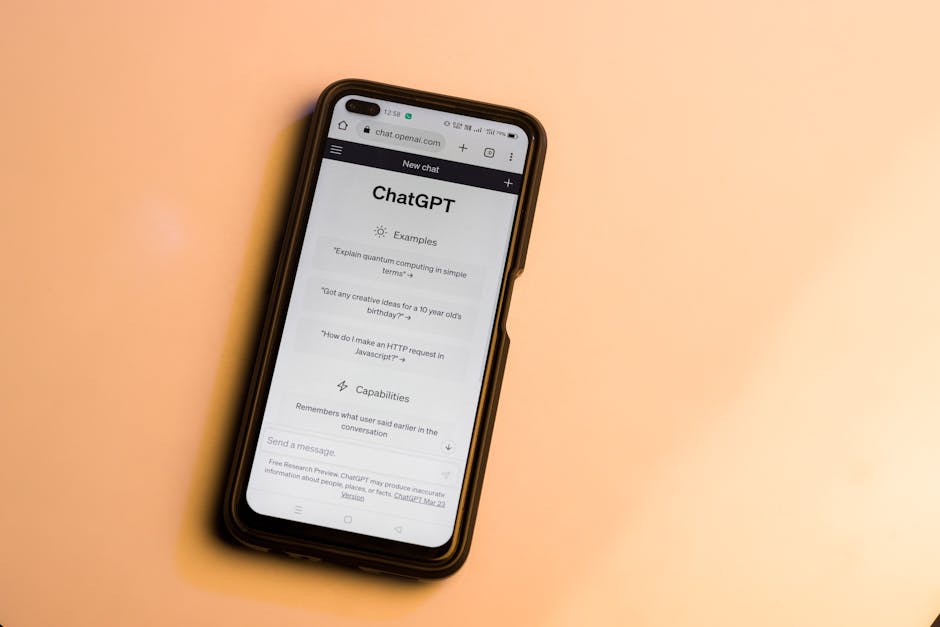
Webdesign accessibility is a crucial aspect of creating a successful online presence. As technology continues to evolve, it is essential for websites to be accessible to all users, regardless of their abilities or disabilities. This includes making sure that your website is user-friendly, easy to navigate, and optimized for all devices, including mobile phones and tablets. In this article, we will discuss some best practices for seamless webdesign accessibility, focusing on mobile website optimization, UX design, and UI.
When it comes to webdesign accessibility, one of the most important factors to consider is mobile optimization. With more and more users accessing websites on their smartphones and tablets, it is essential for your website to be responsive and mobile-friendly. This means designing your website in a way that ensures it looks and functions properly on smaller screens. Make sure to use a responsive design that adjusts to different screen sizes, and optimize your images and content for faster loading times on mobile devices.
In addition to mobile optimization, UX design plays a significant role in webdesign accessibility. UX design focuses on creating a positive user experience by making your website easy to use and navigate. This includes organizing your content in a logical manner, using clear and concise language, and providing easy-to-use navigation menus. Make sure to test your website with real users to identify any potential issues and make necessary improvements to enhance the overall user experience.
Another essential aspect of webdesign accessibility is UI design. UI design focuses on creating a visually appealing and user-friendly interface that enhances the overall user experience. This includes using intuitive design elements, such as buttons and menus, that are easy to understand and interact with. Pay attention to color contrast and text size to ensure that your website is accessible to users with visual impairments. Additionally, make sure to use descriptive alt text for images to provide context for visually impaired users who rely on screen readers.
When designing a website for accessibility, it is essential to keep in mind that not all users interact with websites in the same way. Some users may have disabilities that affect how they navigate and interact with websites. By following best practices for webdesign accessibility, such as mobile optimization, UX design, and UI design, you can create a seamless and user-friendly website that is accessible to all users.
In conclusion, webdesign accessibility is a critical aspect of creating a successful online presence. By following best practices such as mobile optimization, UX design, and UI design, you can ensure that your website is accessible to all users, regardless of their abilities or disabilities. Remember to test your website with real users and make necessary improvements to enhance the overall user experience. With a focus on accessibility, you can create a website that is not only visually appealing but also easy to use and navigate for all users.




